Riding a Scooter
Check out these tips to get started.
-
Get the right scooter and gear
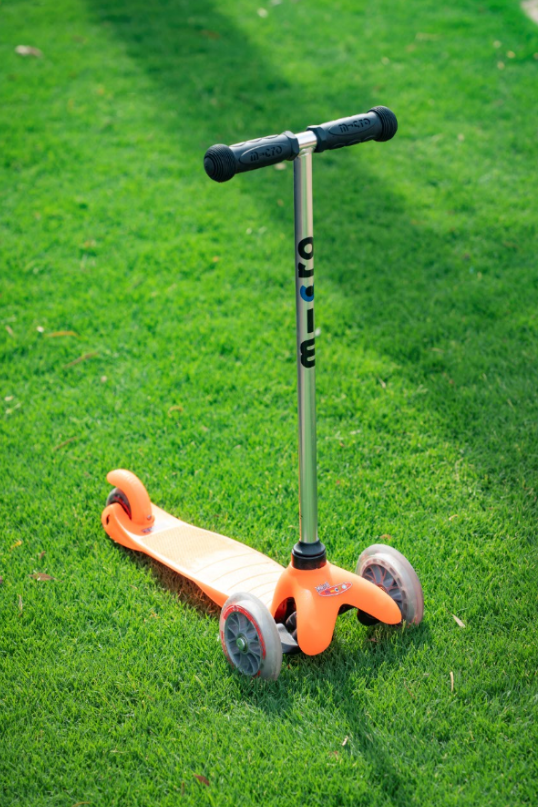
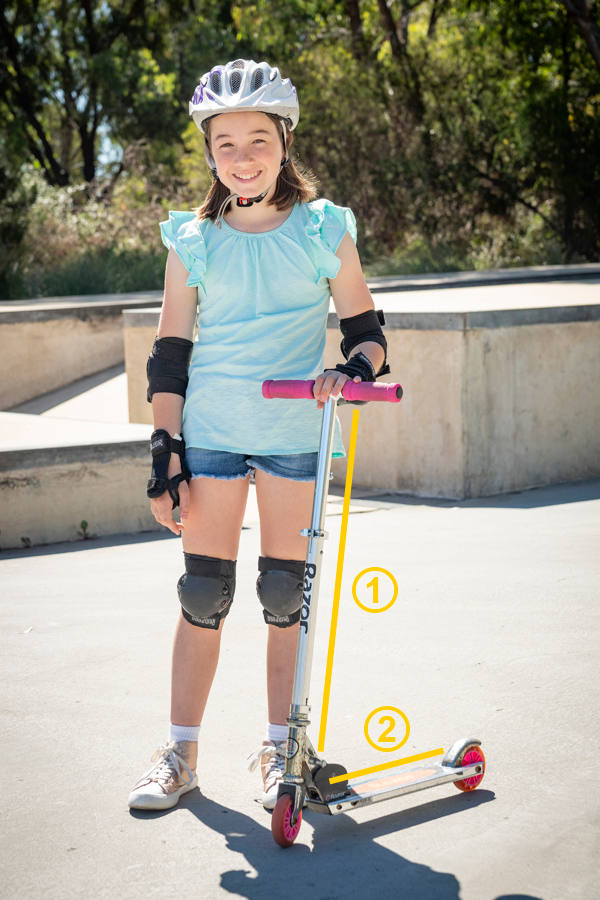
Choose a scooter that is the right size and design for your child’s ability
Three wheeled scooters are great for younger children who are still developing the ability to balance. If your child already displays the ability to balance and push with speed they may be ready for a two wheeled scooter.
- The handlebar height should be tall enough so the rider is not hunched down, but also not too high to obstruct their view.
- The deck should have enough space for the rider to comfortably rest their foot.
Think about what you're wearingHover over the photos for tips on what to wear


Choose a scooter that is the right size and design for your child’s ability
Three wheeled scooters are great for younger children who are still developing the ability to balance. If your child already displays the ability to balance and push with speed they may be ready for a two wheeled scooter.
- The handlebar height should be tall enough so the rider is not hunched down, but also not too high to obstruct their view.
- The deck should have enough space for the rider to comfortably rest their foot.
Think about what you're wearingHover over the photos for tips on what to wear
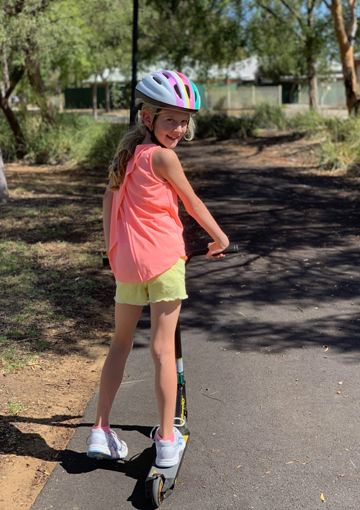
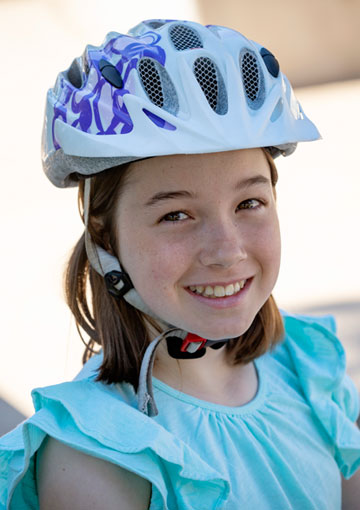
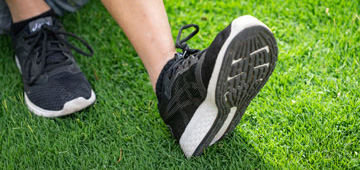
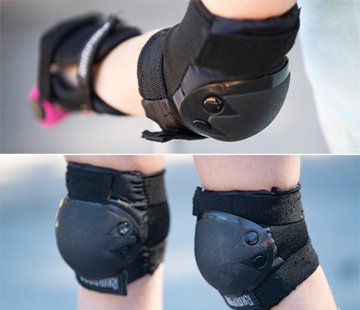
-
Do a safety check
Like a bike, scooters should be checked over before using. Hover over the scooter parts below for tips on what to look for when checking over scooters.
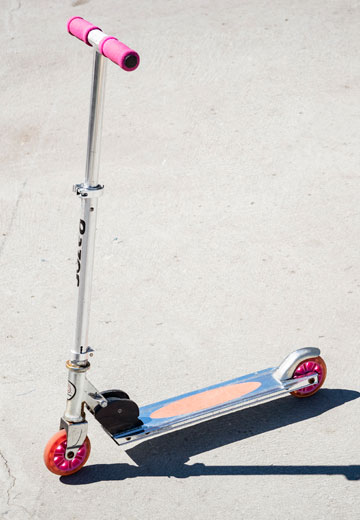

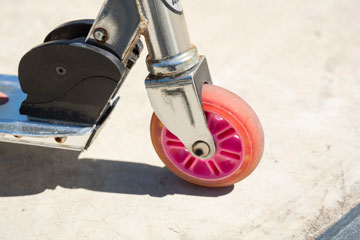
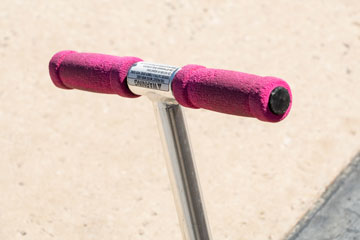
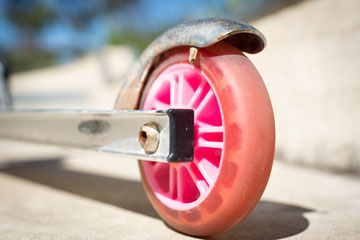

Follow the maintenance instructions of the owner’s manual. If you’re not sure how to fix it contact the manufacturer or ask a local business for assistance.
-
Choose a suitable route and location
Make opportunities for your child to learn and practice basic scooter control before they head out to busier places. It keeps them safe and gives them (and you) confidence. Make sure they can reliably follow your instructions in spaces where there might be traffic.
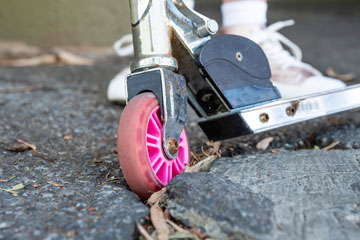
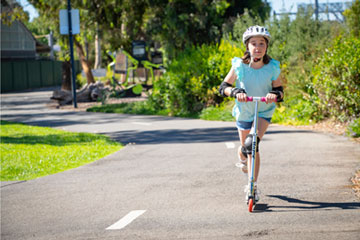

Riding a scooter on the road is not allowed where the speed limit is greater than 50km/hr.
-
Be considerate of other people
Scooters are mostly used on paths so it's important to look out for other people using these paths.






